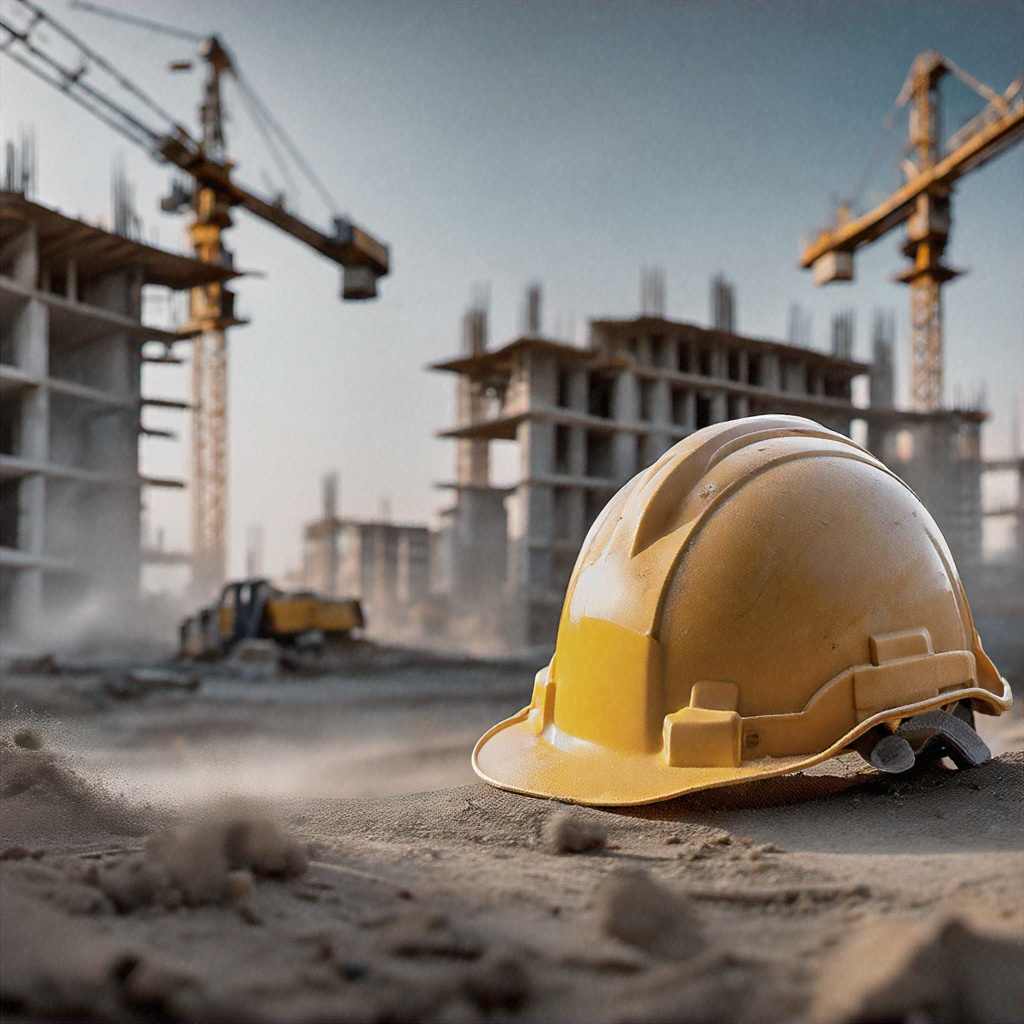How to Improve Risk Communication in Construction Projects
How to Improve Risk Communication in Construction Projects

Improve Risk Communication in Construction Projects: Effective risk communication is essential in the construction industry to ensure all stakeholders are aware of potential risks and can collaborate on mitigation strategies. Miscommunication can lead to delays, increased costs, and safety issues. This article discusses practical strategies to enhance risk communication within construction projects.
Understanding the Importance of Risk Communication
Risk communication involves sharing information about potential risks and their impacts with all stakeholders involved in a construction project. This includes project managers, contractors, subcontractors, clients, and regulatory bodies. Clear and timely communication helps ensure that everyone is on the same page and can work together to minimize risks effectively.
Key Strategies for Improving Risk Communication
1. Establish a Clear Communication Plan
A well-defined communication plan is the foundation of effective risk communication. This plan should outline:
- Stakeholders: Identify all stakeholders involved in the project and their roles.
- Communication Channels: Specify the preferred communication methods (e.g., emails, meetings, project management software).
- Frequency of Communication: Determine how often risk updates will be shared (e.g., weekly meetings, monthly reports).
Having a structured communication plan ensures that information flows smoothly and that everyone knows when and how to receive updates on potential risks.
2. Use Collaborative Tools
Utilizing technology can significantly enhance risk communication. Collaborative tools such as project management software (e.g., Asana, Trello, or Microsoft Teams) can facilitate real-time communication and document sharing. These platforms allow stakeholders to:
- Access Risk Reports: Store and update risk assessment documents in a central location.
- Track Changes: Monitor changes in risk status and mitigation measures in real time.
- Communicate Effectively: Utilize chat features to discuss risks and solutions instantly.
By using collaborative tools, teams can ensure that everyone has access to the latest information, reducing the chances of miscommunication.

3. Foster an Open Culture
Creating a culture of openness encourages team members to voice concerns and share insights about potential risks. This can be achieved by:
- Encouraging Feedback: Regularly solicit feedback from team members regarding identified risks and communication effectiveness.
- Creating Safe Spaces: Establish environments where team members feel comfortable discussing risks without fear of repercussions.
- Recognizing Contributions: Acknowledge and reward team members who actively engage in risk discussions.
When team members feel valued and heard, they are more likely to share critical information regarding risks.
4. Conduct Regular Risk Assessments
Conducting regular risk assessments allows teams to identify new risks and evaluate the effectiveness of existing mitigation strategies. These assessments should be:
- Scheduled: Include risk assessments in project timelines (e.g., monthly or quarterly).
- Collaborative: Involve all stakeholders to gather diverse perspectives on potential risks.
- Documented: Maintain thorough records of risk assessments to track changes over time.
Regular assessments ensure that risk communication is proactive rather than reactive, enabling teams to address issues before they escalate.
5. Provide Training on Risk Management
Training employees on risk management best practices equips them with the knowledge and skills to identify and communicate risks effectively. Training sessions should cover:
- Risk Identification Techniques: Teach team members how to recognize potential risks.
- Communication Strategies: Provide guidance on how to communicate risks clearly and effectively.
- Mitigation Planning: Discuss ways to develop and implement risk mitigation strategies.
Investing in training enhances the overall competence of the team and fosters a culture of risk awareness.
Conclusion
Improving risk communication in construction projects is vital for successful project delivery. By establishing clear communication plans, utilizing collaborative tools, fostering an open culture, conducting regular risk assessments, and providing training, construction teams can enhance their ability to communicate effectively about risks. Ultimately, better risk communication leads to improved project outcomes, reduced delays, and increased safety for all stakeholders involved.
For more information on risk communication strategies in construction, contact us for expert assistance.
External Resources for Legal Guidance
Improve Risk Communication in Construction Projects
Read more related articles to enhance your knowledge and make informed decisions
10 Essential Steps in the Building Construction Process
How to Choose the Right Materials for Your Construction Project








